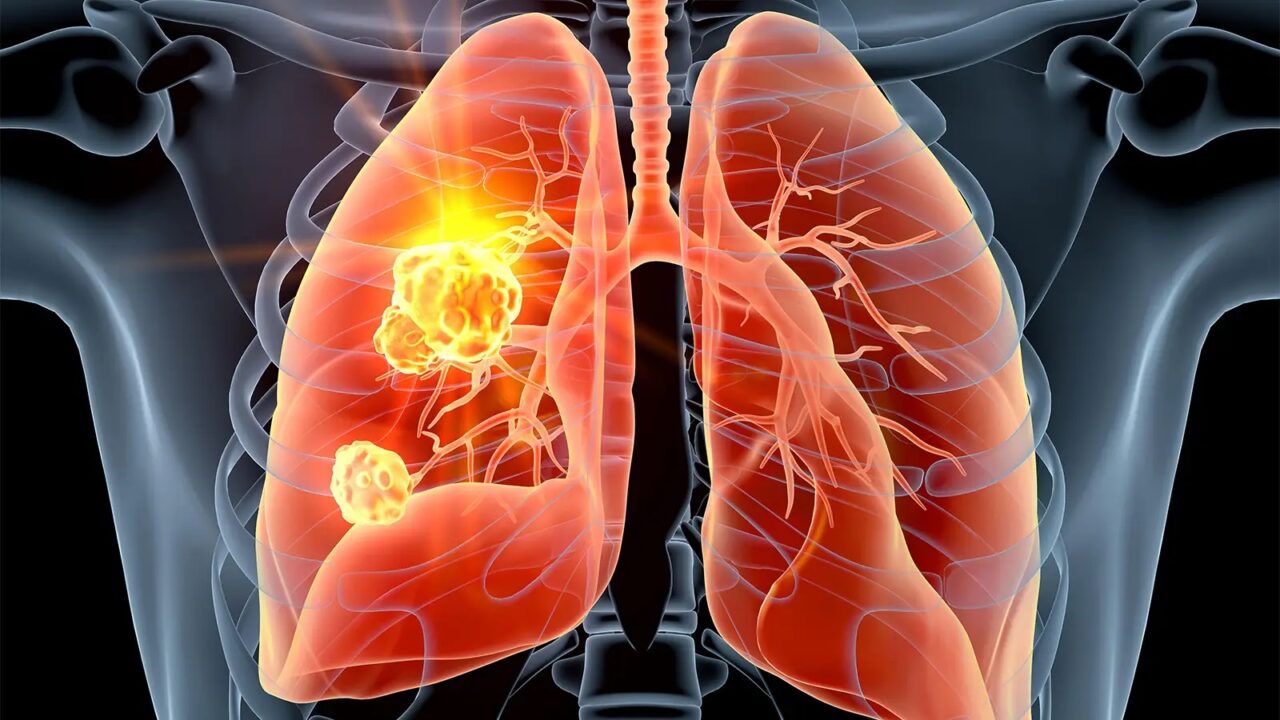
How Cyclic Sighing Became One of the Most Effective Breathing Techniques for Reducing Anxiety
The breathing pattern consisting of two quick inhales followed by one long, controlled exhale—often referred to as “cyclic sighing” or “the physiological sigh”—has received growing scientific attention for its ability to rapidly reduce stress and induce a sense of calm. Although this breathing reflex occurs naturally in humans and animals, recent research has demonstrated that practicing it intentionally can produce measurable benefits for emotional regulation and nervous system balance.
One of the most notable studies examining this technique was conducted by Dr. David Spiegel and Dr. Andrew Huberman at Stanford University in 2023. Their team carried out a large-scale investigation comparing different forms of deliberate breathwork, including cyclic sighing, box breathing, and mindfulness-based practices. The findings were published in Cell Reports Medicine and represent one of the most comprehensive analyses of how controlled breathing affects stress and mood regulation. According to their results, participants who practiced cyclic sighing for just five minutes each day experienced significantly greater improvements in mood and reductions in anxiety compared to those who engaged in mindfulness meditation or other respiratory techniques.
(Source: Balban et al., Cell Reports Medicine, 2023.)
The effectiveness of cyclic sighing lies in its unique physiological mechanism. The double inhale helps inflate the alveoli—tiny air sacs in the lungs that may collapse slightly during shallow or anxious breathing—allowing for improved oxygenation. The extended exhale, by contrast, facilitates more efficient expulsion of carbon dioxide, which plays a crucial role in regulating the body’s pH levels and autonomic responses. Together, these actions stimulate the parasympathetic nervous system, often called the “rest-and-digest” system, which slows the heart rate and encourages relaxation.
(Additional references: National Institutes of Health – Respiratory Physiology; Harvard Health Publishing – Breathwork and Stress Reduction.)
Compared with other well-established stress-management methods, cyclic sighing stands out because it is simple, rapid, and requires no prior training. Many traditional meditation practices demand sustained focus, extended sessions, or weeks of learning before benefits are noticeable. Pharmaceutical approaches, while effective in some cases, may come with side effects or limitations. In contrast, cyclic sighing can be practiced anywhere—sitting, standing, or lying down—and produces calming effects within minutes, making it an accessible tool for people with busy schedules or those seeking immediate relief.
The Stanford study adds scientific credibility to the widely shared belief that controlled breathing can meaningfully influence emotional well-being. By demonstrating measurable improvements in mood, stress reduction, and autonomic stability, the research supports the idea that even brief, intentional breathwork can serve as a practical intervention for everyday stress. These findings align with earlier work on the physiological sigh and autonomic regulation, including research from the National Center for Complementary and Integrative Health (NCCIH) showing that slow, controlled breathing can modulate heart-rate variability and decrease sympathetic nervous system activity.
In summary, cyclic sighing represents a scientifically grounded, easily implemented technique for managing stress and improving overall emotional balance. Its rapid onset of effects, biological plausibility, and strong research support make it an appealing strategy for anyone looking to cultivate calm and reduce daily anxiety without the need for complex training or clinical intervention. As more studies continue to explore the links between breathing patterns and mental health, techniques like cyclic sighing are likely to play an increasingly important role in accessible, non-pharmacological approaches to well-being.
News in the same category


A Dual Climate Solution: Solar Panels Over Canals Could Save Billions of Gallons of Water

Regenerative Medicine Milestone: Stem-Cell Trial Restores Motor Function in Paralyzed Patients

From Crow to Cleaner: How Feathered Geniuses Are Fighting Litter in Spain

Using Crow Intelligence to Fight Pollution: Inside Sweden’s Corvid Cleaning Project

From Stone to Shelter: Innovative Housing Beneath France’s Historic Bridges

Redefining Public Restrooms in South Korea: Hygiene, Dignity, and Accessibility for All

Hepatitis C Virus Detected in Brain Tissue: A Potential Link to Schizophrenia and Bipolar Disorder

Top 10 Safest Places if World War 3 Broke Out

Scientists Sequence the World’s Oldest RNA from a 40,000-Year-Old Woolly Mammoth

Novel Neural Pathway Identified as Key to Reversing Autism-Related Behaviors

Why seniors should keep their socks on even at home

What Once Seemed Impossible: Lab-Grown Spinal Cord Sparks Hope for Millions

Lab-Grown Spinal Cord Tissue Marks a New Era in Paralysis Treatment

How Hormonal Birth Control May Reshape the Brain: New Neuroscience Insights

Denmark Reimagines Wind Turbine Blades as Durable Bike Shelters

World-First Recovery Achieved in Terminal Brain Cancer Case

A High School Robotics Team Built What Insurance Refused — And Gave a 2-Year-Old the Gift of Independent Movement

The Man Who Became “Dad” to Millions: How Rob Kenney Turned His Pain Into a Global Mission
News Post

Vaseline Uses and Benefits for Skin, Lips, and Hair

10 simple ways to reduce dust at home that most people overlook

You’re Doing It All Wrong: Here’s the Right Way to Defrost Frozen Pipes

7 Powerful Fruits to Preserve Muscle Strength and Energy After 50

I Didn’t Know!

The #1 FASTEST way to reverse fatty liver naturally

Could the bacteria in your nose be causing Alzheimer’s?

How to treat nerve pain in the foot, toes & legs

The air conditioner only has wind but is not cool. Don't rush to call a repairman and waste money. If you do this, it will be cold.

The more flowers the money tree has, the more luck it attracts: Do this and the money tree flowers will grow 5 times faster.

When boiling duck, don't add ginger and cold water. Add this to remove all the bad smell from the meat and you won't get tired of eating it.

Avocado Seeds: The Overlooked Nutritional Power Inside the Fruit

Bee venom wiped out 100% of aggressive breast cancer cells in just 6 hours

A New Breakthrough: Magnetic Microrobots Designed to Navigate Blood Vessels and Stop Strokes

10 Ways to Lower Uric Acid Naturally

A Dual Climate Solution: Solar Panels Over Canals Could Save Billions of Gallons of Water

Regenerative Medicine Milestone: Stem-Cell Trial Restores Motor Function in Paralyzed Patients

From Crow to Cleaner: How Feathered Geniuses Are Fighting Litter in Spain

6 Foods That Can Drain Your Calcium and Weaken Bones
